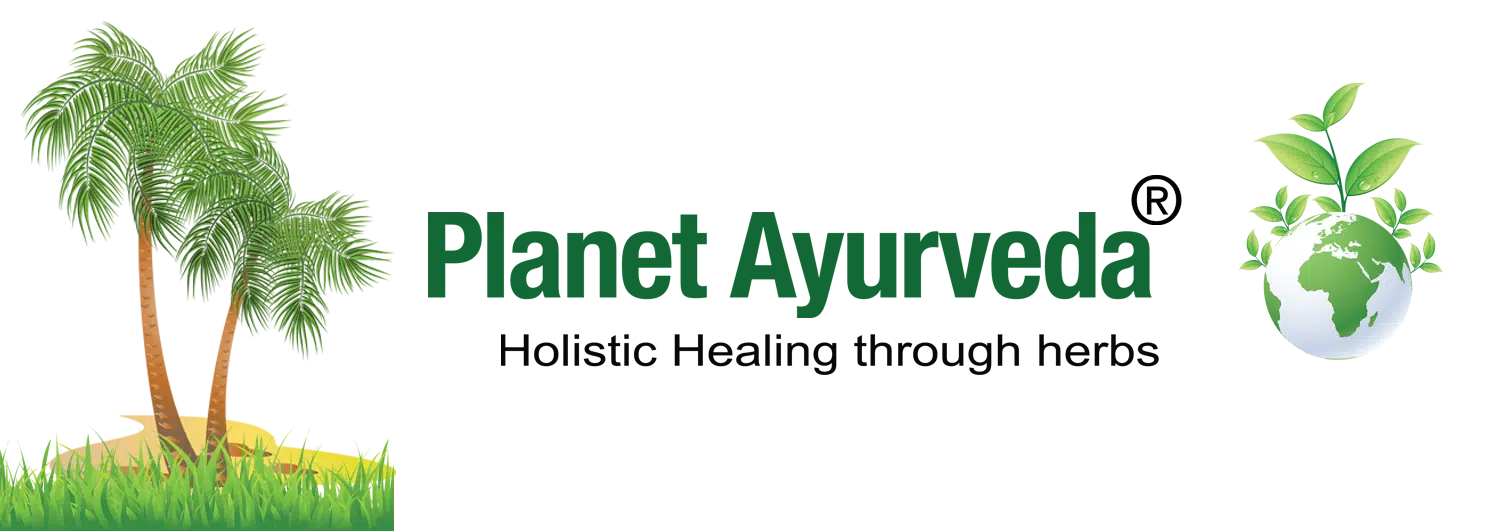Overview
Ayurveda is an ancient holistic system of medicine which is the most popular Indian system of medicine since the time the glorious past of the Indian history can be traced. It is a natural science which believes firmly in keeping the body fit and healthy so that any kind of disease condition in the body can be prevented.
It also offers various natural methods that can help people suffering from various type of ailments in the best and the most natural way possible.
It has various branches in which use of different types of medicinal plants for the benefit of mankind have been described in detail.
Concept of Tridosha
Tridosha is the basic fundamental unit of the human body. According to Ayurveda, Vata, Pitta and Kapha are the three fundamental energies which combine together in different proportions and form each and every constituent of the body.
They are collectively given the name of “Tridanda” in Ayurveda which means three pillars on which the human body stands tall.
Whenever we talk about the Ayurvedic aspect of any disease it is the concept of Tridosha which forms the basis.
Why Is Panchakarma Necessary?
Given our faulty living and eating habits most of us accumulate different types of toxins in the body over a period of time. These toxins, also called as “Ama” in Ayurveda are responsible for causing many kinds of health and metabolic problems in the body.
These toxins usually come from the environment, the food we consume and our level of physical activity etc.
Panchkarma is Ayurveda’s gift to mankind by which regular elimination of accumulated toxins in the body can be carried out which can help promote health and wellbeing.
As per the concept of the seasons in Ayurveda, spring and autumn time are the best for performing body cleansing through panchkarma procedures.
What Is Panchakarma?
Ayurveda, as discussed above, has many branches which deal with many different aspects of the human body. There are numerous texts on Ayurveda which have been written by numerous renowned authors of their time and contain vivid descriptions of many kind of Ayurvedic practices and procedures which depict the ancient style of medicinal treatment. They also throw light on how life was in the ancient era and how they lived and their basic mannerisms etc.
One of those popular practices of Ayurveda came to be known as Panchkarma.
Though it has been in practice since ages in certain parts of India, but in the recent times, with its growing popularity and people developing keen interest in the practices and beliefs of Ayurveda, Panchakarma has today become one of the front line natural treatments when it comes to holistic healing and maintenance of health and wellbeing.
It is a set of five procedures which are performed on the body to help it maintain good health.
The Five Procedures Namely are:-
- Vaman (vomiting)
- Virechana (Purgation)
- Nasya (nasal administration of oils and other herbal derivatives)
- Basti (Enema)
- Raktamokshana (therapeutic bloodletting)
These five processes are collectively called as panchakarma but it is not enough to summarize what all happens during a complete panchakarma procedure.
Panchakarma, when performed on a person is specifically decided for his body type which is determined by in depth analysis of the person’s body and his basic constitution (prakriti analysis).
Then, Accordingly the Whole Process Is Divided Into Three Parts Namely
1. Purva karma
It is a procedure in which the body is prepared for the main panchakarma procedures. It is a preparatory phase in which basically oil massage or internal administration of oils or ghee is done in regulated dosage to control the vata element of the body.
Fomentation is then done to open all blocked channels of the body so that Panchakarma procedure can be performed without causing any potential harm to the person’s body and he may be able to enjoy its full benefit. It also helps to enhance the overall effectiveness of the treatment.
- Snehana (oiling – both internal as well as external)
- Svedana (Fomentation)
2. Pradhana Karma (main procedure)
This is what we know as Panchakarma. All five processes are performed under certain set of rules and guidelines according to the principles of Ayurveda. The whole procedure may take up to ten to fifteen days depending upon the person’s condition and how he or she is responding to the procedures.
A proper set of diet and living conditions are advised which include a detailed account of the do’s and don’ts to be strictly followed while undertaking this procedure.
3. Paschat Karma (coming back to the normal routine)
It is the time period post the main action. The body is slowly brought back to a normal lifestyle and diet as the previous Pradhan karma only allowed for a controlled intake of diet.
This process is called as “sansarjan karma” in Ayurveda. If not performed well or skipped, the person may not fully enjoy the benefits of the whole procedure. It usually comprises of diet which is started with liquids and then gradually, the person is brought to semi –solid and then normal food in the next few days.
Importance of Panchakarma Oils
Whenever a person chooses to go for a panchakarma procedure, an in depth analysis of the person’s body is done as explained earlier. Accordingly, a suitable combination of natural oils is chosen which will help him improve and maintain his health.
There are many types of oils used in Panchkarma which help maintain different body parts.
Popular Oils Used in Panchkarma
- Ghandharvahastha Thailam
- Karpooradi Thailam
- Kottamchukkadi Thailam
- Arimedadi Thailam
- Balaswagandhadi Thailam
- Dhanwantharam Thailam
- Dhurdhoorapathradi Thailam
- Eladi Thailam
- Sesame Oil
- Ksheerabala Thailam
- Mahasaindhava Thailam
- Sahacharadi Thailam
- Pippalyadi Thailam
- Kumkumadi Thailam
